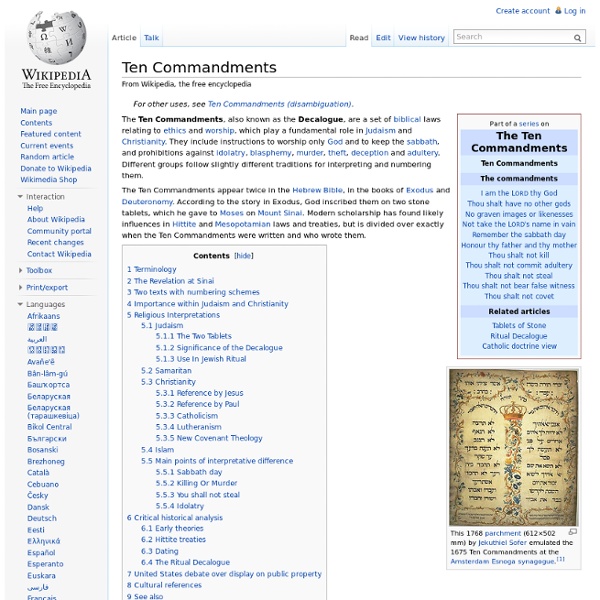Poseidon
There is a Homeric hymn to Poseidon, who was the protector of many Hellenic cities, although he lost the contest for Athens to Athena. According to the references from Plato in his dialogue Timaeus and Critias, the island of Atlantis was the chosen domain of Poseidon.[4][5][6][7] Etymology The earliest attested occurrence of the name, written in Linear B, is 𐀡𐀮𐀆𐀃 Po-se-da-o or 𐀡𐀮𐀆𐀺𐀚 Po-se-da-wo-ne, which correspond to Poseidaōn and Poseidawonos in Mycenean Greek; in Homeric Greek it appears as Ποσειδάων (Poseidaōn); in Aeolic as Ποτειδάων (Poteidaōn); and in Doric as Ποτειδάν (Poteidan), Ποτειδάων (Poteidaōn), and Ποτειδᾶς (Poteidas).[8] A common epithet of Poseidon is Γαιήοχος Gaiēochos, "Earth-shaker," an epithet which is also identified in Linear B tablets. Another attested word 𐀁𐀚𐀯𐀅𐀃𐀚, E-ne-si-da-o-ne,[9][10] recalls his later epithets Ennosidas and Ennosigaios indicating the chthonic nature of Poseidon.[11] The origins of the name "Poseidon" are unclear. Birth
Maurice Cotterrell
Holy Grail
How at the Castle of Corbin a Maiden Bare in the Sangreal and Foretold the Achievements of Galahad: illustration by Arthur Rackham, 1917 The Holy Grail is a dish, plate, stone, or cup that is part of an important theme of Arthurian literature. A grail, wondrous but not explicitly holy, first appears in Perceval le Gallois, an unfinished romance by Chrétien de Troyes:[1] it is a processional salver used to serve at a feast. Chrétien's story attracted many continuators, translators and interpreters in the later 12th and early 13th centuries, including Wolfram von Eschenbach, who makes the grail a great precious stone that fell from the sky. Origins[edit] The Grail was considered a bowl or dish when first described by Chrétien de Troyes. Beginnings in literature[edit] Chrétien de Troyes[edit] Chrétien refers to his object not as "The Grail" but as "a grail" (un graal), showing the word was used, in its earliest literary context, as a common noun. Robert de Boron[edit] Early forms[edit]
CategoryChristian denominations
This category contains articles about Christian denominations, (not denominational families). A Christian denomination is an identifiable Christian body that has an identifiable name, doctrine, and structure. Although not all Christian traditions are comfortable with being termed as denominations, it is nonetheless common usage. Subcategories This category has the following 10 subcategories, out of 10 total. Pages in category "Christian denominations" The following 5 pages are in this category, out of 5 total.
Latin Mottos, Latin Phrases, Latin Quotes and Latin Sayings
A bene placito - At one's pleasureA capite ad calcem - From head to heelA cappella - In church [style] - i.e. Vocal music onlyA contrario - From a contrary positionA cruce salus - From the cross comes salvationA Deo et Rege - From God and the KingA fortiori - With yet stronger reasonA fronte praecipitium a tergo lupi - A precipice in front, wolves behind (between a rock and a hard place)A mari usque ad mare - From sea to sea (Motto of Canada)A mensa et thoro - From board and bed (legal separation)A pedibus usque ad caput - From feet to headA posse ad esse - From possibility to actualityA posteriori - From what comes after.
Isaac NewtonùReligious Works Finally Published
It has been over 270 years since his death, but a religious manuscript by Isaac Newton is finally being published. Newton was a world-renowned physicist and mathematician who was born in 1642 in Woolsthorpe, Lincolnshire, England—the same year Galileo died. The World Book Encyclopedia says that Sir Isaac Newton was “one of the greatest names in the history of human thought.” Albert Einstein, the American genius credited for many life-changing discoveries, once praised Sir Isaac by stating that his own work would have been impossible except for the discoveries of Newton. By the age of twenty-seven, Isaac was known as an “unparalleled genius.” In addition to his scientific contributions, however, Newton was a deeply religious man. He studied Hebrew scholarship and ancient and modern theologians at great length, and became convinced that Christianity had departed from the original teachings of Christ. Newton was a serious student of the Scriptures.
Ancient Greece
<ul><li><a title=" href=" target="_self">Home </a></li><li><a title=" href=" target="_self"> Cultures</a></li><li><a title=" href=" target="_self"> World War II</a></li><li><a title=" href=" target="_self"> Picture Galleries</a></li><li><a title=" href=" target="_self"> Art </a></li><li><a title=" href=" target="_self">Other Resources</a></li></ul> Follow our updates on Facebook or Twitter Pictures on this page are for viewing only. Site Map
Scientists draw ancient squid using its own 150 million-year-old ink | MNN -...
An ancient squid was so remarkably well-preserved, that scientists were able to draw a picture of it using its own 150 million-year-old ink. The remains of a Belemnotheutis antiquus were found by paleontologists during a dig in Wiltshire, England, when they cracked open what looked like an ordinary rock. What they found inside was anything but ordinary. After mixing the powdery one-inch-long black ink sac with an ammonia solution, the ink they created was of good enough quality to draw the squid-like creature and write its Latin name. "Normally you would find only the hard parts like the shell and bones fossilized but there are a handful of locations around the world where soft preservation of the muscle, guts and gills has taken place,” leader of the excavation Dr. "We think that these creatures were swimming around during the Jurassic period and were turned to stone soon after death. "We felt that drawing the animal with it would be the ultimate self-portrait,” said Wilby.



